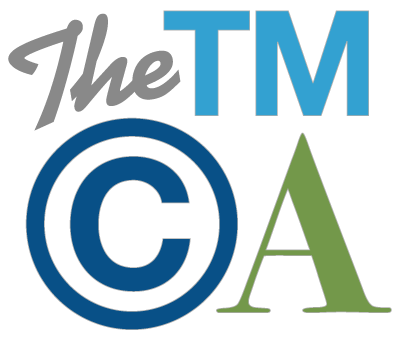Got Registration? You Better if You’re Filing a Copyright Case in the 11th Circuit
 Section 411(a) of the Copyright Act provides, in pertinent part, that “no civil action for infringement of the copyright in any United States work shall be instituted until preregistration or registration of the copyright claim has been made in accordance with this title.”
Section 411(a) of the Copyright Act provides, in pertinent part, that “no civil action for infringement of the copyright in any United States work shall be instituted until preregistration or registration of the copyright claim has been made in accordance with this title.”
For many years, this provision has spawned a debate throughout the federal circuit courts as to the meaning of “registration.” On one side of the debate are the courts that adhere to what is referred to as the “application approach.” These courts require a copyright plaintiff to plead facts sufficient to establish that an application to register the infringed work has been properly submitted to the Copyright Office before filing a suit for infringement. See, e.g., Cosmetic Ideas, Inc. v. IAC/Interactivecorp, 606 F.3d 612, 619 (9th Cir. 2010) (concluding that registration occurs when the owner files an application); Positive Black Talk Inc. v. Cash Money Records Inc., 394 F.3d 357, 365 (5th Cir. 2004), abrogated in part by Muchnick, 559 U.S. 154. On the other side of the debate are those courts that embrace the “registration approach,” which requires the copyright plaintiff to plead facts sufficient to show that a certificate of registration has issued. La Resolana Architects, PA v. Clay Realtors Angel Fire, 416 F.3d 1195, 1197 (10th Cir. 2005) (concluding that registration occurs when the Register approves an application). The 7th Circuit has issued seemingly conflicting opinions on the issue. Compare Chi. Bd. of Educ. v. Substance, Inc., 354 F.3d 624, 631 (7th Cir. 2003) (“[A]n application for registration must be filed before the copyright can be sued upon”) with Gaiman v. McFarlane, 360 F.3d 644, 655 (7th Cir. 2004) (“[A]n application to register must be filed, and either granted or refused, before suit can be brought”). Other circuits have acknowledged the ongoing debate but have declined to decide the issue. See, e.g., Alicea v. Machete Music, 744 F.3d 773, 779 (1st Cir. 2014) and Psihoyos v. John Wiley & Sons, Inc., 748 F.3d 120, 125 (2d Cir. 2014).
The 11th Circuit recently jumped into the fray in Fourth Estate Public Corporation v Wall-Street.com, LLC. It embraced the registration approach. In essence what the court held is that the path to registration is a three-step process. Step 1 requires an application to be filed. Step 2 requires the Register of Copyrights to examine whether “the material deposited constitutes copyrightable subject matter.” Assuming the Register decides that the material is protectable, “the Register shall register the claim and issue to the applicant a certificate of registration,” which is Step 3. Under the “application approach,” only Step 1 is completed without regard to the remaining steps. Thus, the 11th Circuit believed the “text of the Copyright Act makes clear that the registration approach” is correct.
For those keeping track, the circuit breakdown on this issue is something like this: 2-2-2-1. Two circuits for the application approach; two circuits for the registration approach; two circuits that aren’t sure; and one conflicted circuit. Perhaps it is time for SCOTUS to break this three-way tie?








